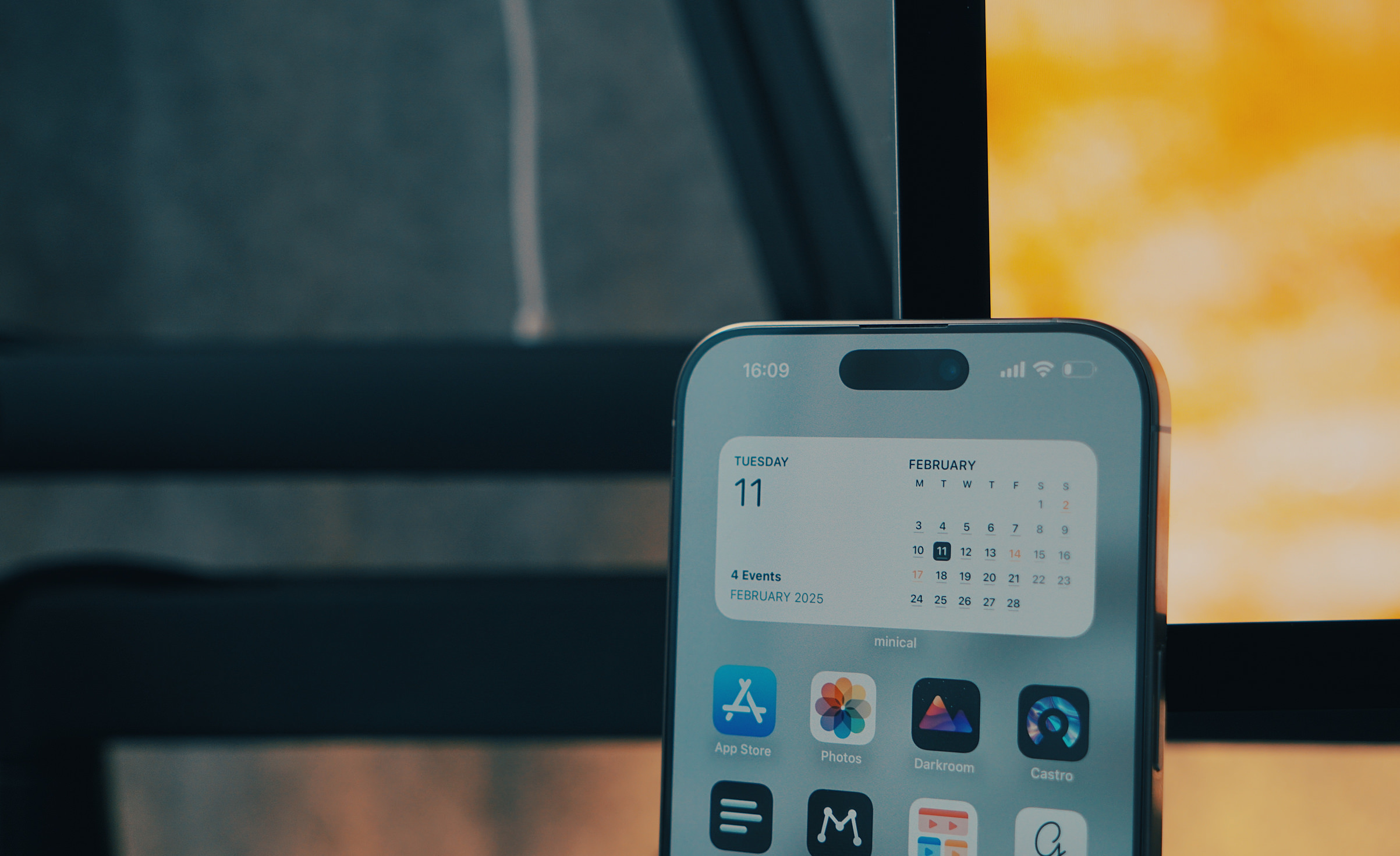„Apple’s iPhone Overhaul Will Reduce Its Reliance on Annual Fall Spectacle“

In recent years, including 2025, Apple has released four main iPhones — two Pro models and two mid-tier versions — in the fall. And it occasionally debuted a lower-cost SE or “e” model in the early part of the year. But in 2026 and beyond, the company’s smartphone release schedule will look markedly different.
Apple plans to unveil three high-end models — the iPhone 18 Pro, iPhone 18 Pro Max and a new foldable — in fall 2026. Then, roughly six months later, it will roll out the iPhone 18, iPhone 18e and potentially a refreshed iPhone Air. I expect this pattern to continue for years to come, with Apple launching between five and six new models annually.
With the iPhone launch schedule shifting, those spring releases are becoming more critical. We’ll get a preview of this approach next spring with the new Siri, destined for iOS 26.4.
Die Umbenennung der Betriebssysteme mit Jahreszahlen war (natürlich!) sehr vorausschauend …
The lulls between Apple product cycles are disappearing, giving the company more revenue opportunities throughout the year and easing the strain on employees and suppliers that came with once-a-year bonanzas. In other words, Apple is trying to have it all.
Mark Gurman | Bloomberg
Ende Oktober legte Apple Q4-Quartalszahlen mit einem „all-time record“ für iPhone-Verkäufe vor – wobei in diese lediglich eine einzige Verkaufswoche der neuen 17er-Modelle einfloss.
Der iPhone-Umsatzanstieg von 46,2 Milliarden auf 49 Milliarden Dollar in diesem Quartal bezog sich also primär auf ältere und auslaufende Generationen. Anders gesagt: „Kund:innen kaufen, wenn sie brauchen.“
Der Herbsttermin ist sicherlich markant und bekannt; hat mit Blick auf die Verkäufe aber schon lange nicht mehr den Stellenwert wie früher.